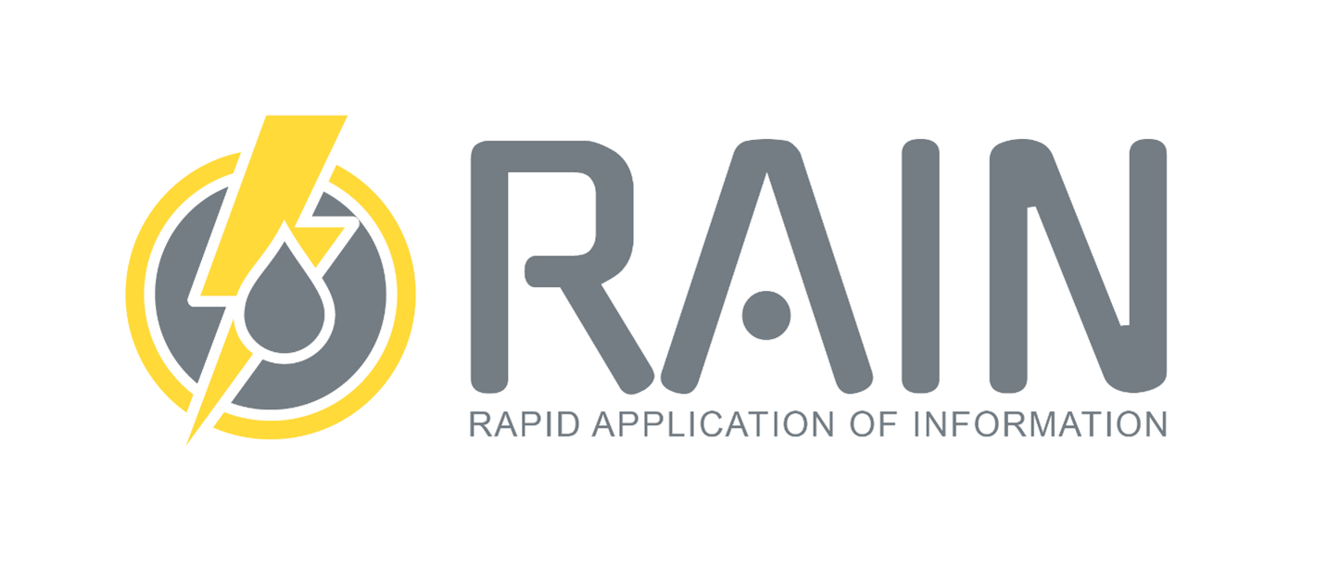
Despite the decade-old plus prediction of “swimming in sensors and drowning in data in the near future”, progress within the community has been slow in achieving what was at one point termed the third offset. The Third Offset aimed to draw on U.S. advanced technologies to offset China’s and Russia’s technological advances—especially China’s.
If the US, writ large, is to close the Artificial Intelligence/Machine Learning (AI/ML) gap created by a determined People’s Republic of China (PRC) Chinese Communist Party (CCP), then military, industry, and academia must work together in a collaborative, not competitive, environment. Even if all parties agree to a fully transparent collaboration, there is still much work to accomplish. DoD senior leadership is committed to this effort. Recently, Dr. Kathleen Hicks, Deputy Secretary of Defense, released a memorandum approving the Joint All Domain Command and Control (JADC2) strategy titled Accelerating Data and Artificial Intelligence for the Warfighter.
Left of the Bang
What were merely a few years ago termed the “wars of tomorrow” are, in reality, the wars of today. The harsh certainty of data overload is nowhere more evident than in the disciplines of intelligence, surveillance and reconnaissance (ISR), and command and control (C2). Big data’s five V (volume, velocity, variety, veracity, and value) issues are glaringly apparent in these areas. Analysts and operators are overwhelmed with the amount of data they are expected to process and somehow turn into actionable intelligence.
A large amount of valuable data is dropped on the floor and is only identified in those cases where post-event forensic analysis is required. This post-event analysis has some value in terms of lessons learned, but it is essentially worthless to tactical and operational warfighters. The goal is not to identify actions and events after the fact; rather, it is to stay “left of the bang.”
While numerous large-scale integrators have attempted to field “machines helping humans” applications, too often, those efforts have not benefited the analysts and operators tasked with mining critical elements of information from the deluges of data to which they are exposed.
There have been some limited successes in a few narrow use cases. Most of those efforts, however, have been in Geospatial Intelligence (GEOINT) applications, which consist of imagery, imagery intelligence (IMINT) and geospatial information. While these efforts are good starts, greater effort is required to combine all intelligence discipline data into a faster, greater, more cohesive “truth.”
Sense, Make Sense, Act
In addition to GEOINT, applications need to operate on Signals Intelligence (SIGINT), Electronic Intelligence (ELINT), Measurement and Scientific Intelligence (MASINT), Human Intelligence (HUMINT), and Open-Source Intelligence (OSINT). This is the only way to make real progress in the critical “make sense” portion of the “sense, make sense, act” loop.[1] While the Advanced Battle Management System (ABMS), Project Convergence, and Project Overmatch (service components of the JADC2 strategy), have made some progress in designing the digital structures and pathways needed to store, compute, and move critical data, little has been done to build the AI/ML applications that actually make sense of that data.
It Looks Like RAIN
Enter Ultra’s Rapid Application of INformation (RAIN) system of systems. RAIN consists of three components: RAIN Clouds, RAIN Storm, and RAIN Drops. RAIN Clouds harvest and aggregate data from high- and low-side sources, combine that data into a common message format, and send it to RAIN Storm. RAIN Storm performs level 1 fusion on the data and sends it to the Athena AI/ML inference processing engine where various AI/ML algorithms comb the data for patterns and anomalies, apply expert system tradecraft, and send alerts back through RAIN Storm and to RAIN Drop user interfaces. These alerts nominate items of interest and courses of action that the end-user can accept or reject as they choose.
The RAIN concept leverages machines to perform those tasks that otherwise overwhelm the cognitive workload of an analyst/operator while allowing the human to maintain final decision-making authority. This results in actionable intelligence at the speed and scale of machines. While RAIN is not a panacea for achieving the JADC2 strategy, it certainly is a positive step in that direction.
RAIN incorporates a framework and architecture that affords interoperability with other, existing user presentation systems. The intent is to provide another tool in analysts’ toolkits with which they can choose to exploit their target set and more efficiently provide force enhancement. We’ll provide more on that in a follow-on blog. So, stay tuned.
Relevant Link: RAIN
[1] ABMS concept of an inner loop to the Observe, Orient, Decide, Act (OODA) loop.
